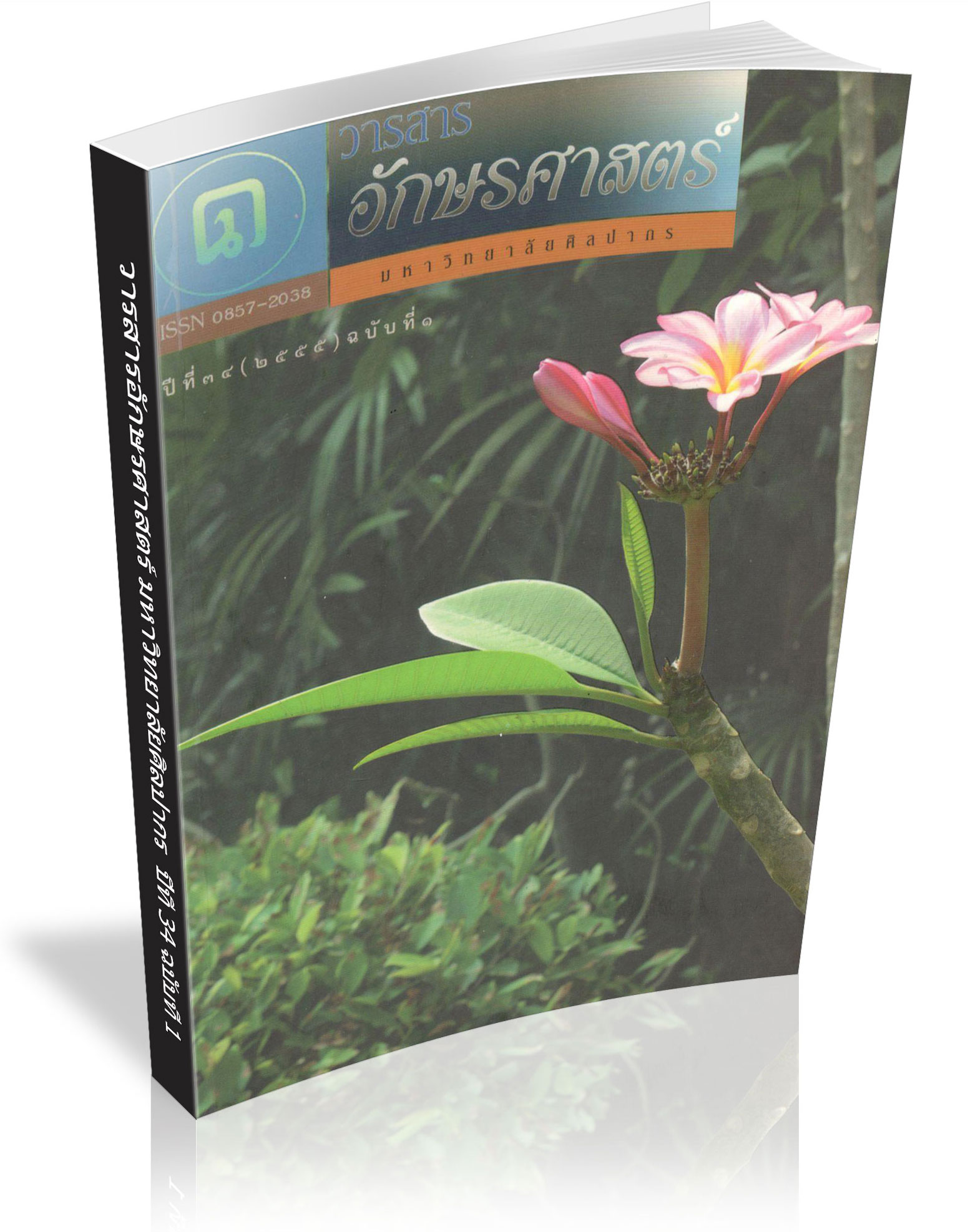Imitation and Realism, Naturalism and Idealism : A Survey and Analysis of Concepts of Art from Classical to Early Modern Times
Keywords:
Imitation, Realism, Naturalism, Idealism, Survey and AnalysisAbstract
In this article, the concepts of Imitation, Realism, Naturalism and Idealism are surveyed and analyzed. These concepts were formed in the Classical Period and have influenced the arts and the concept of art in western culture until the early Modern Period. This study has found that after the Classical Period, in the age of Renaissance, Naturalism was greatly developed and clearly separated from Idealism. The concept was divided into two directions : the North -European Naturalism, which began in the Renaissance, and the South-European Naturalism, which appeared in the work of Caravaggio, or the Caravaggisti style. Both Idealism and the two types of Naturalism were the three main concepts and characteristics that strongly influenced artists and western arts in the following eras; Baroque, Neo-classicism, Romanticism, Realism and Impressionism. The importance of these concepts can also be found in Modernism, which is the time when Imitation and Realism was in decline.
Downloads
References
จรูญ โกมุทรัตนานนท์. สุนทรียศาสตร์ กรีก-ยุคฟื้นฟู. กรุงเทพฯ : สำนักพิมพ์แห่งจุฬาลงกรณ์มหาวิทยาลัย. ๒๕๔๗.
Barr Alfred H. J R. Cubism and Abstract Art. New York : The Museum of Modern Art. 1974.
Butler, Christopher. Early Modernism. Oxford: Clarendon Press. 1994.
Dixon, Andrew Graham. Art. London : DK. 2008.
Feldman, Edmund Burke. 1992. Variety of Visual Experience. New York : Haryn Abrams Inc. 1992.
Downloads
Published
How to Cite
Issue
Section
License
ผู้เขียนบทความต้องยินยอมในข้อกำหนดต่าง ๆ ของวารสารก่อนส่งบทความตีพิมพ์




